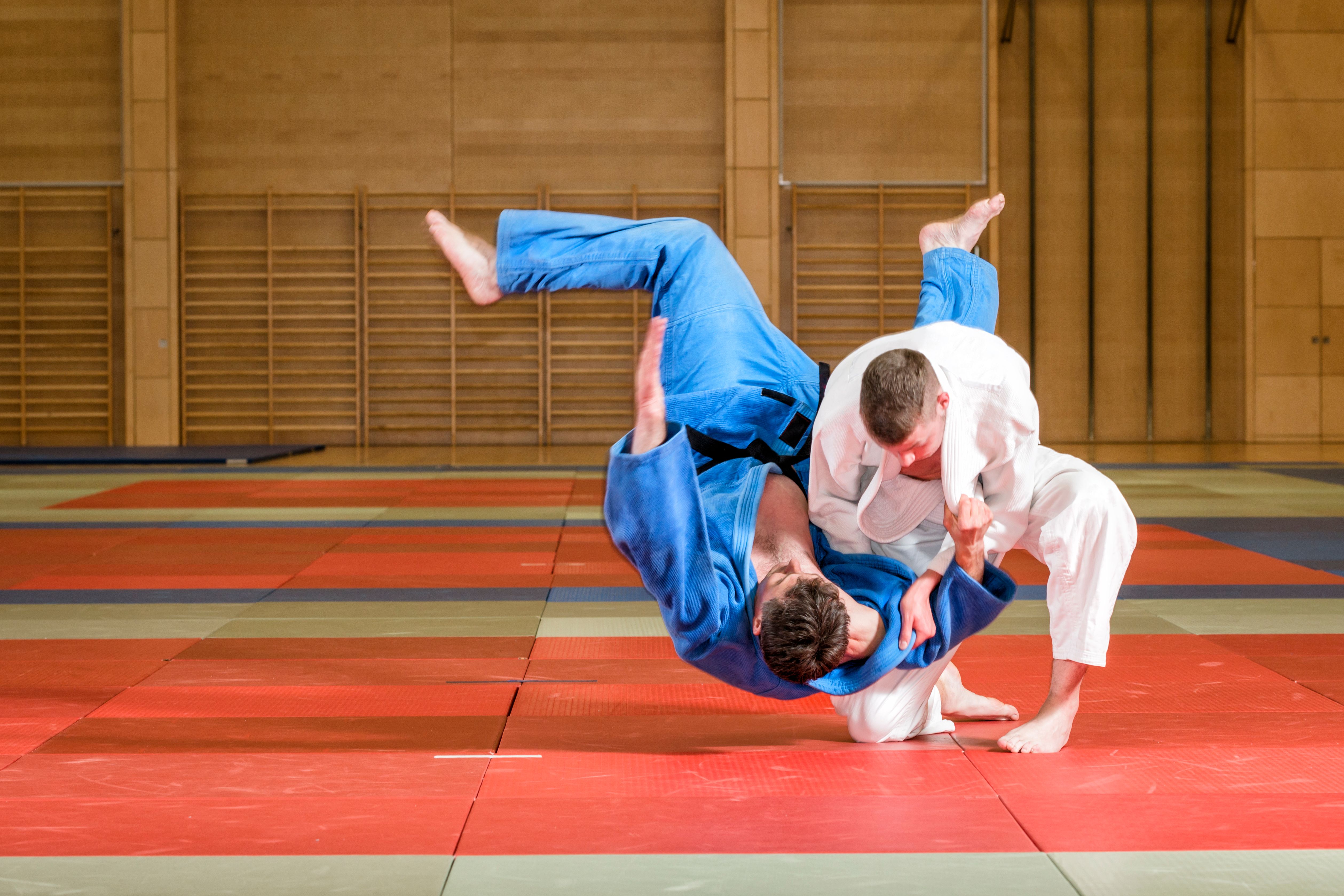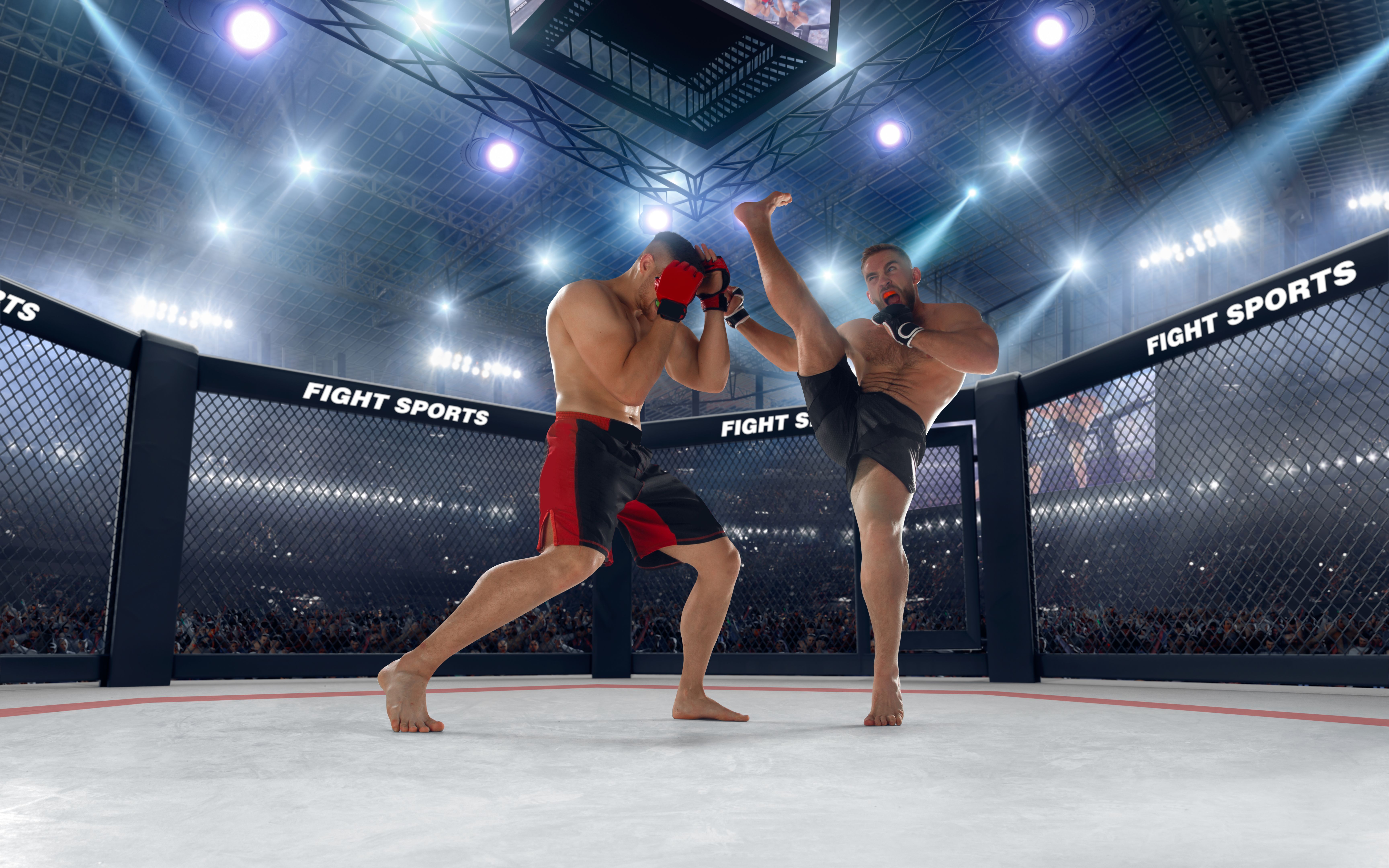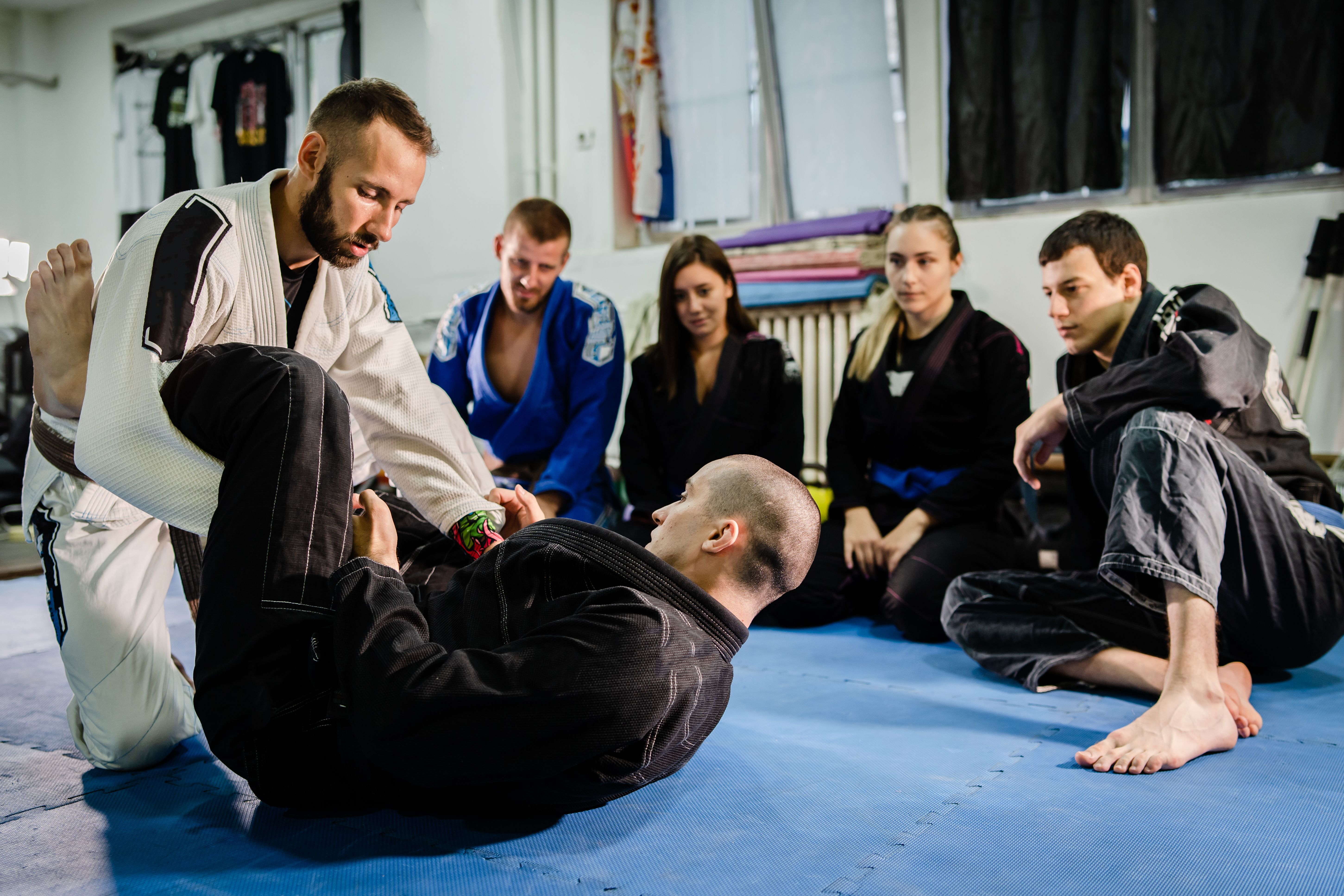The Origins of Brazilian Jiu Jitsu
The Roots of Brazilian Jiu Jitsu
Brazilian Jiu Jitsu (BJJ) is a martial art that has gained immense popularity across the globe. Its roots are deeply embedded in the traditions of Japanese martial arts, with a unique evolution that took place in Brazil. Understanding its origins offers insights into the cultural exchange and adaptation that shaped this dynamic discipline.
The story of Brazilian Jiu Jitsu begins with the arrival of Japanese judo practitioners in Brazil in the early 20th century. Among these was Mitsuyo Maeda, a judo expert who played a pivotal role in the spread of martial arts. Maeda's teachings laid the foundation for what would eventually evolve into BJJ.
Maeda's influence was particularly significant in the Gracie family, which is synonymous with the development of Brazilian Jiu Jitsu. Carlos Gracie, one of Maeda's students, adapted and refined the techniques he learned to create a new style focused on ground fighting and submission holds.
The Gracie Family's Impact
The Gracie family is central to the history of Brazilian Jiu Jitsu. Carlos Gracie's dedication to martial arts led him to open the first Gracie Jiu Jitsu academy in Rio de Janeiro in 1925. His younger brother, Helio Gracie, further refined the techniques, emphasizing leverage over brute strength, making it accessible to practitioners of all sizes.
Helio's contributions were instrumental in distinguishing Brazilian Jiu Jitsu from its Japanese predecessors. His focus on technique allowed smaller individuals to defend against larger opponents, which became a hallmark of BJJ. The Gracie family continued to promote their style through challenge matches and public demonstrations.

Global Expansion and Popularity
Brazilian Jiu Jitsu's global expansion can be traced back to the early 1990s when it gained attention through the Ultimate Fighting Championship (UFC). Royce Gracie, representing his family's art, demonstrated the effectiveness of BJJ by defeating much larger opponents in mixed martial arts competitions.
This exposure sparked interest worldwide, leading to a surge in BJJ academies and practitioners. The martial art's emphasis on technique over strength attracted a diverse range of enthusiasts, from professional fighters to hobbyists seeking self-defense skills.

Key Principles and Techniques
At its core, Brazilian Jiu Jitsu focuses on ground fighting and submission holds. The art employs a variety of techniques, including joint locks and chokeholds, to neutralize an opponent. Its practitioners learn to control positions and transitions on the ground, making it an effective self-defense system.
Some fundamental positions in BJJ include the guard, mount, side control, and back control. Each position offers unique opportunities for offense and defense, highlighting the strategic depth of the martial art. Practitioners develop an understanding of body mechanics and leverage to maximize their effectiveness.
The Evolution Continues
Today, Brazilian Jiu Jitsu continues to evolve as practitioners innovate and adapt techniques to modern challenges. It has become a staple in mixed martial arts training and remains a popular choice for those seeking physical fitness and mental discipline.
BJJ academies worldwide foster a sense of community among practitioners. The art's inclusive nature allows individuals from all walks of life to participate, learn, and grow together. The journey of mastering Brazilian Jiu Jitsu is ongoing, with each practitioner contributing to its rich tapestry.

In conclusion, the origins of Brazilian Jiu Jitsu are a testament to cultural exchange and adaptation. From its early days in Japan to its development in Brazil and eventual global spread, BJJ has become a celebrated martial art with a profound impact on modern combat sports and self-defense training.